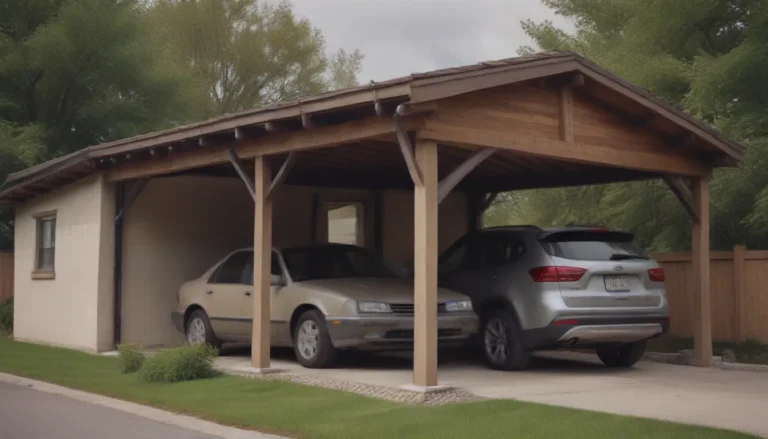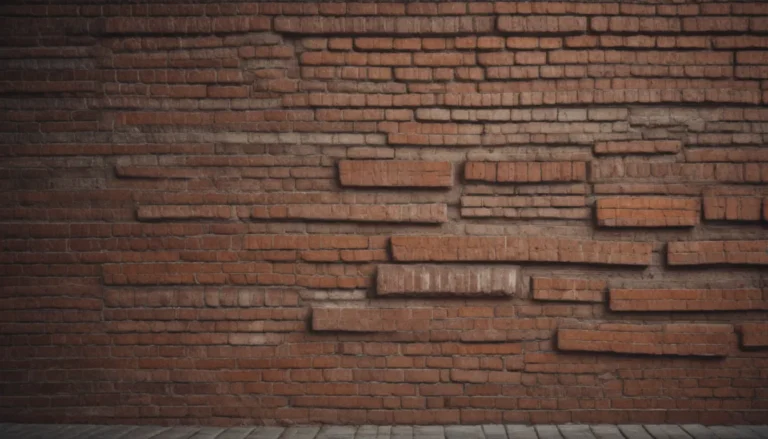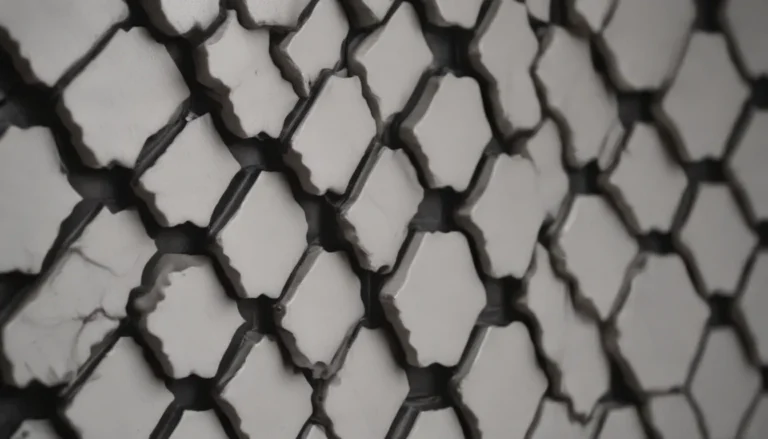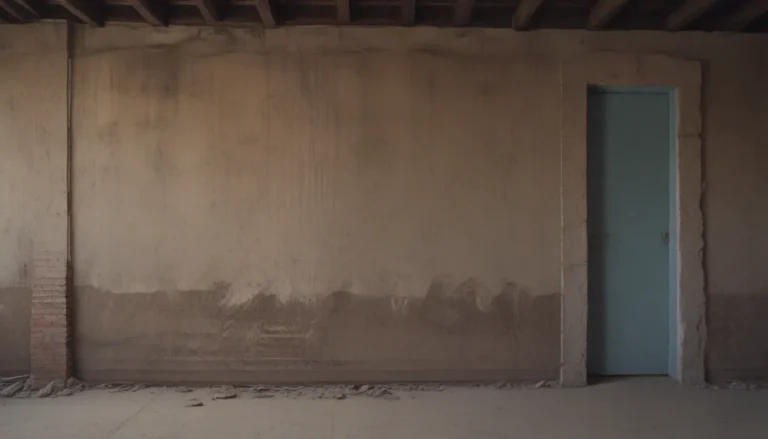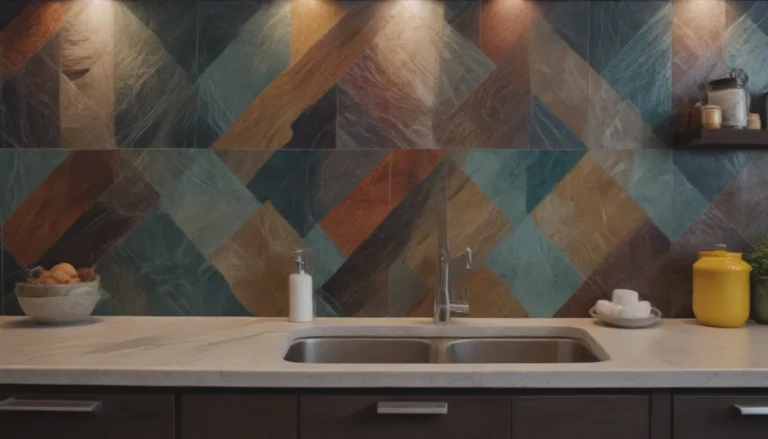The Ultimate Guide to Dryer Vent Hoses: How to Choose the Best One for Your Home
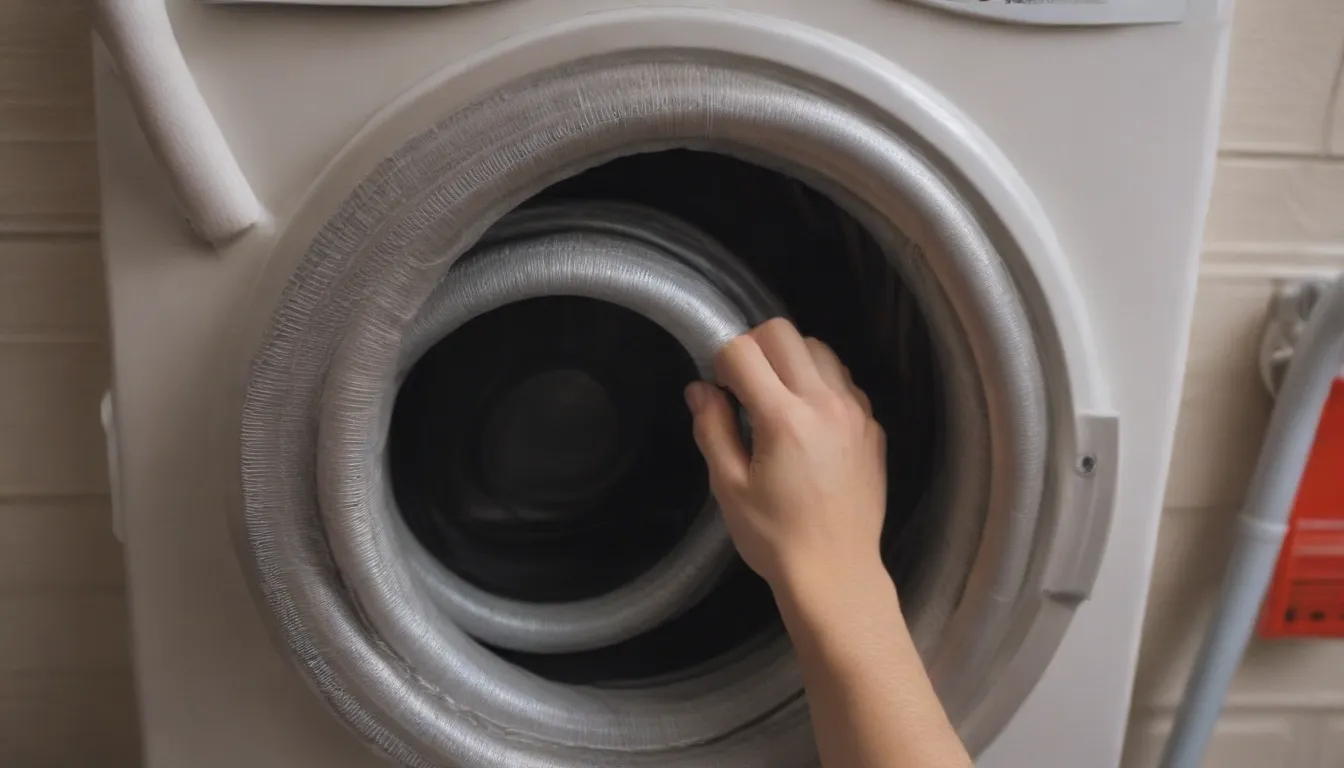
Dryer vent hoses play a crucial role in ensuring that your clothes dryer functions efficiently. Proper ventilation is essential to prevent lint buildup, reduce the risk of fires, and maintain the overall safety of your home. With so many options available on the market, it can be challenging to determine which type of dryer vent hose is best suited for your needs. In this comprehensive guide, we will explore the five different types of dryer vent hoses and provide valuable insights on how to choose the right one for your home.
Understanding The Different Types of Dryer Vent Hoses
There are five main types of dryer vent hoses commonly used in homes. Each type has its own unique features and benefits, as well as potential drawbacks. Let’s take a closer look at each one:
1. Semi-Rigid Metal Duct
- Pros:
- Simple installation
- Inexpensive
-
Smooth interior reduces lint buildup
-
Cons:
- Crushes easily
- Not suitable for concealed installations
Semi-rigid metal duct tubing is a flexible and sturdy option for connecting your dryer to the main duct. It is easy to install and affordable, making it a popular choice for short and direct duct runs. However, it is not suitable for concealed installations and may trap lint over time.
Tip: To minimize lint buildup, cut the flexible duct tubing to the shortest length necessary for the transition.
2. Rigid Metal Duct
- Pros:
- Durable and efficient
- Suitable for long runs
-
Less lint buildup
-
Cons:
- Expensive
- Tricky installation process
Rigid metal ducts are the ideal choice for concealed installations within walls or floors. They are durable, efficient, and offer superior airflow with minimal lint buildup. While they may be more expensive than other options, the long-term benefits outweigh the initial cost.
Warning: Use only metal duct tape to secure joints and avoid using screws that can catch lint.
3. Slim Duct
- Pros:
- Space-saving design
-
Adjustable length for tight spaces
-
Cons:
- Complex installation process
- Less volume for airflow
Slim ducts, also known as periscope ducts, are telescoping aluminum tubes that are ideal for tight spaces. They allow you to push the dryer closer to the wall, saving valuable space. However, the installation process can be challenging, and they may not provide the same airflow volume as rigid ducting.
4. Aluminum Foil Duct
- Pros:
- Inexpensive
- Easy to install
-
Flexible for transitions
-
Cons:
- Prone to punctures
- Lint can collect in ribbed walls
Aluminum foil ducts are flexible and affordable options for transitioning from the dryer to the main duct. While they are easy to install, they may puncture easily and collect lint over time. It is essential to ensure that this type of duct is approved for your dryer model and complies with local codes.
Tip: Look for products that are listed or certified by a national testing laboratory for safe installation.
5. Plastic or Vinyl Duct
- Cons:
- Not recommended by building codes
- Prone to lint blockages and fire hazards
Plastic or vinyl ducts are not recommended for dryer vent installations due to their potential fire hazards. They are less safe than other options and should be avoided to ensure the safety of your home and family.
Ventless Dryers: An Alternative Option
While venting your dryer outside is the preferred method, ventless dryers offer an alternative solution when traditional venting is not possible. These dryers do not require a vent hose or penetration on the exterior of your home. Instead, they collect water from the clothing in a condensate tray, which can be emptied or drained automatically.
Tip: Regularly clean your dryer vent to prevent lint buildup and ensure optimal performance.
How to Choose the Right Dryer Vent Hose
When selecting a dryer vent hose for your home, consider the following factors:
- Material: Choose a hose made of durable materials like metal or aluminum for longevity.
- Installation: Consider the complexity of the installation process and whether you may need professional help.
- Safety: Prioritize safety by selecting a hose that complies with local building codes and regulations.
- Efficiency: Opt for a vent hose that provides efficient airflow to prevent lint buildup and optimize dryer performance.
Remember, investing in a high-quality dryer vent hose is worth it in the long run to ensure the safety and efficiency of your dryer.
In conclusion, selecting the right dryer vent hose is essential to maintain the safety and performance of your clothes dryer. Whether you opt for a semi-rigid metal duct, a rigid metal duct, or another type of hose, make sure to choose a durable, efficient, and safe option for your home. Regular maintenance and cleaning of your dryer vent will help prevent lint buildup and ensure optimal performance for years to come.
For more information on dryer vent safety and installation guidelines, refer to reputable sources such as “Codes for Homeowners” by Bruce Baker and the International Association of Certified Home Inspectors.
By following these tips and guidelines, you can select the best dryer vent hose for your home and enjoy safe, efficient, and reliable dryer performance. Remember, when it comes to dryer vent hoses, safety always comes first!
